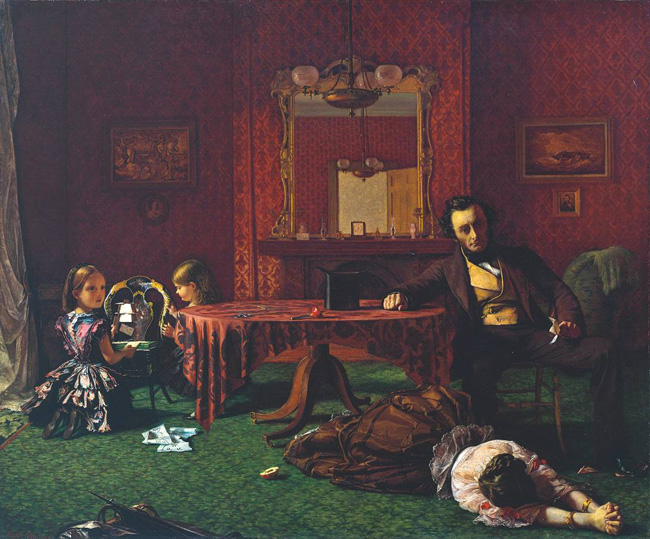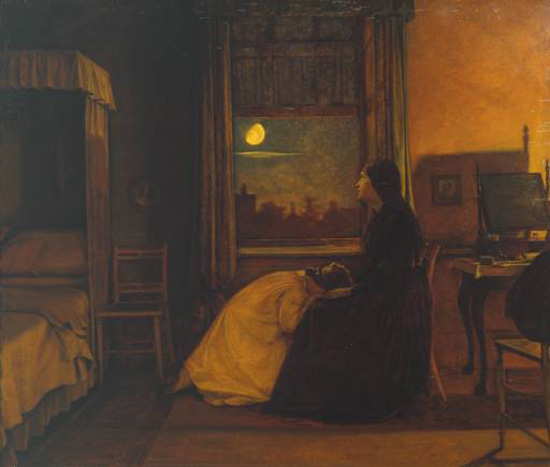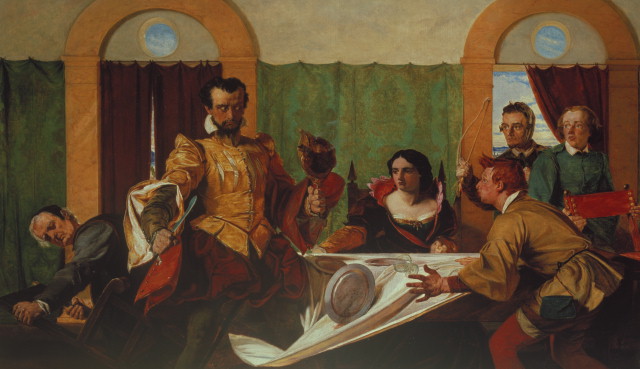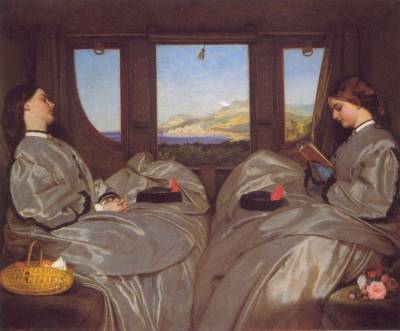Augustus Leopold Egg (1816 – 1863)
Get a Egg Certificate of Authenticity for your painting (COA) for your Egg drawing.
For all your Egg artworks you need a Certificate of Authenticity (COA) in order to sell, to insure or to donate for a tax deduction.
Getting a Egg Certificate of Authenticity (COA) is easy. Just send us photos and dimensions and tell us what you know about the origin or history of your Egg painting or drawing.
If you want to sell your Egg painting or drawing use our selling services. We offer Egg selling help, selling advice, private treaty sales and full brokerage.
We have been authenticating Egg and issuing certificates of authenticity since 2002. We are recognized Egg experts and Egg certified appraisers. We issue COAs and appraisals for all Egg artworks.
Our Egg paintings and drawings authentications are accepted and respected worldwide.
Each COA is backed by in-depth research and analysis authentication reports.
The Egg certificates of authenticity we issue are based on solid, reliable and fully referenced art investigations, authentication research, analytical work and forensic studies.
We are available to examine your Egg painting or drawing anywhere in the world.
You will generally receive your certificates of authenticity and authentication report within two weeks. Some complicated cases with difficult to research Egg paintings or drawings take longer.
Our clients include Egg collectors, investors, tax authorities, insurance adjusters, appraisers, valuers, auctioneers, Federal agencies and many law firms.
We perform Augustus Leopold Egg art authentication, appraisal, certificates of authenticity (COA), analysis, research, scientific tests, full art authentications. We will help you sell your Augustus Leopold Egg or we will sell it for you.

Augustus Leopold Egg was a Victorian artist best known for his modern triptych Past and Present (1858), which depicts the break up of a middle-class Victorian family.



The son of a wealthy gunsmith, Egg was educated in the schools of the Royal Academy, beginning in 1836. Egg was a member of The Clique, a group of artists founded by Richard Dadd and others in the late 1830s (ca. 1837). Egg sought to combine popularity with moral and social activism, in line with the literary work of his friend Charles Dickens. With Dickens he set up the “Guild of Literature and Art”, a philanthropic organization intended to provide welfare payments to struggling artists and writers. He acted the lead role in a play written by Edward Bulwer-Lytton to raise funds for the organization. His self-portrait in the role is in Hospitalfield House in Arbroath.

Egg’s early paintings were generally illustrations of literary subjects. Like other members of The Clique, he saw himself as a follower of Hogarth. His interest in Hogarthian moral themes is evidenced in his paired paintings The Life and Death of Buckingham, depicting the dissolute life and sordid death of the Restoration rake. Yet his paintings often took a humorous look at their subjects, as in his Queen Elizabeth Discovers she is no longer Young (1848).

Unlike most other members of The Clique, Egg also admired the Pre-Raphaelites; he bought work from the young William Holman Hunt and shared ideas on color theory with him. His own triptych, known as Past and Present, was influenced by Hunt’s work. The triptych depicted three separate scenes, one portraying a prosperous middle-class family and the other two depicting poor and isolated figures—two young girls in a bedsit and a homeless woman with a baby. The viewer was expected to read a series of visual clues that linked together these three scenes, to reveal that the prosperous family in the central scene is in the process of disintegrating because of the mother’s adultery. The two outer scenes depict the separated mother and children a few years later, now living in poverty. The painting’s use of flashback—the central scene is occurring in the past—has been seen as a precursor of cinema.

Egg was also an active organizer of exhibitions, being admired by fellow-artists for his dedication and fair mindedness. He was one of the organizers of the Manchester Art Treasures Exhibition in 1857. He was elected to the Royal Academy in 1860.

Always in poor health, Egg spent his later years in the warmer climate of continental Europe, where he painted Travelling Companions, an ambiguous image of two near-identical young women that has sometimes been interpreted as an attempt to represent two sides of the same person. He died in Algiers in 1863.

A member of the circle of friends that included Dickens and Wilkie Collins, Egg features in their surviving correspondence. He participated, as actor and costume designer, in their amateur theatricals, which were often conducted for charitable purposes as noted above. In Jan. 1857 he took a part in Collins’s play The Frozen North, which starred Dickens and was performed at his house. (Egg played John Want, the ship’s cook.) The production was also acted before Queen Victoria and then performed for charity. Dickens described Egg as a “dear gentle little fellow,” “always sweet-tempered, humorous, conscientious, thoroughly good, and thoroughly beloved.” Still wondering about a British painting in your family collection? Contact us…it could be by Augustus Leopold Egg.
Reviews
1,217 global ratings
5 Star
4 Star
3 Star
2 Star
1 Star
Your evaluation is very important to us. Thank you.
